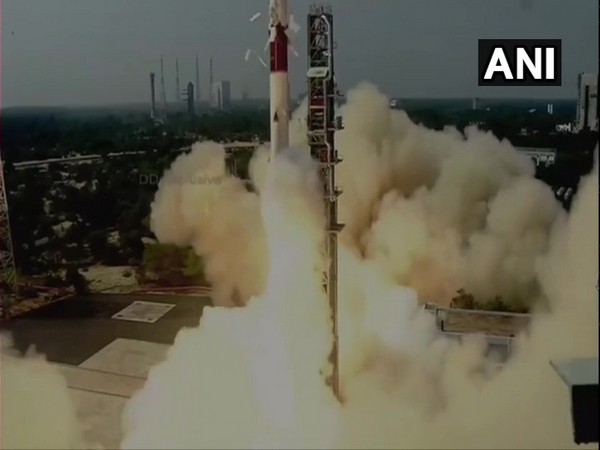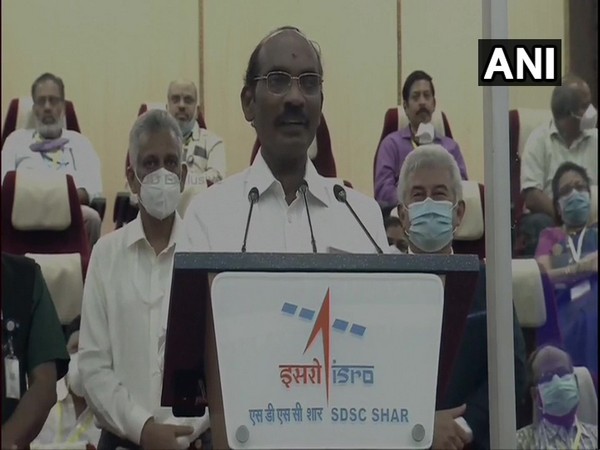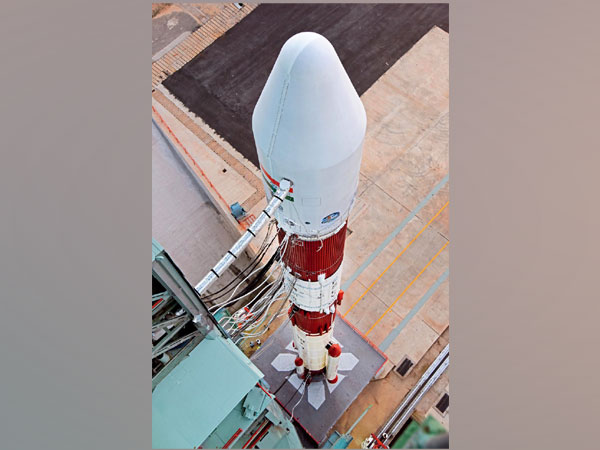On Sunday, 19 satellites were sent into space by ISRO via India’s Polar Satellite Launch Vehicle (PSLV). The Indian rocket PSLV-C51 was launched on Sunday morning at 10.24 minutes with a launch pad from the Satish Dhawan Space Center (SDSC) at Sriharikota in Andhra Pradesh.
Bhagavad Gita and Picture of PM Modi
These 19 satellites also include Satish Dhawan ST (SD-ST) of Chennai’s Space Kids India (SKI). The top panel of this spacecraft has a photo of Prime Minister Narendra Modi engraved on it. According to SKI, Bhagavad Gitahas also been sent to space in form of SD card with it.

Other satellites
The 637 kg Brazilian satellite Amazonia-1 was successfully placed into orbit with this rocket. In addition, 18 other satellites were also sent into space. 13 of these are from the US.
Also Read: In A Maiden Move ISRO Opens Its Satellite Centre For Private Firms
India’s first space mission in 2021 was too long for the PSLV rocket, as its flight time was 1 hour 55 minutes and 7 seconds. With the launch of the rocket on Sunday morning, the total number of foreign satellites launched by India increased to 342.
3 of 18 satellites are of educational institutions and 4 satellites are from IN-SPACe.
Amazonia-1
According to ISRO, the Amazonia-1 will provide remote sensing data to users for distinctanalysis related to deforestation in the Amazon region and the agricultural sector in Brazil.

the Indus Eye Satellite into space on Sunday. Through this satellite, our army will be able to closely monitor the movements of China and Pakistan in the Indian Ocean region. Also, Indus will keep an eye on both military warships and merchant shipping activities.
Military Satellite ‘Sindhu Netra’
The Sindhu Netra Satellite has been built by a team of young scientists from the Defense Research and Development Organization (DRDO). The satellite has been sent from PSLV-C51.
The Satellite will be effective in monitoring the pirate-affected areas near the South China Sea, the Gulf of Aden and the African coast. It is the first satellite to help enhance its surveillance capabilities in the Ladakh region and the border region of Pakistan along with China.
